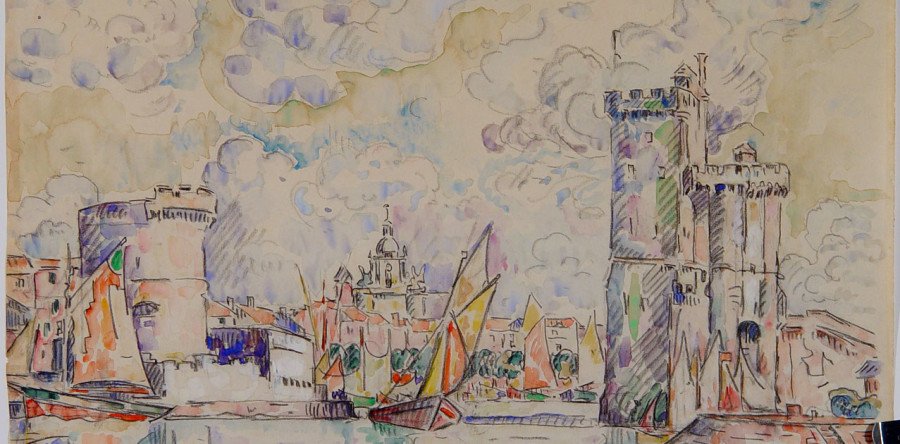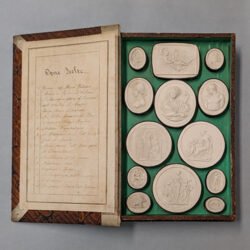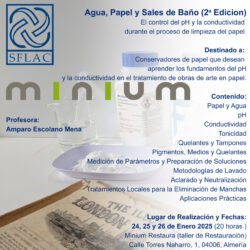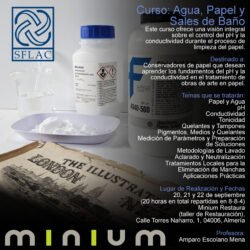Conservators, also called Restorers (1) are professionals with enough skills, knowledge and training to preserve as well as conserve artworks and cultural heritage for the future generations. The conservator-restorer work is primarily a manual art/skill; but this should be closely related to theoretical knowledge which gives him/her the capacity to perform tasks such as carrying out diagnostics about the conservation stages of the artwork, drafting conservation plans and treatment proposals, developing preventive conservation strategies and finally executing well documented conservation-restoration treatments.
Due to the different uses and misuses as well as misinterpretations of the various terms applied in the Conservation – Restoration field, in 2008, the ICOM-CC general assembly welcomed and endorsed a clarification and definition of conservation terminology including “preventive conservation”, “remedial conservation” and “restoration” as the preferred terms while characterizing the various forms of action to conserve cultural heritage. In such meeting, the terms were defined as follows (2):
Conservation – all measures and actions aimed at safeguarding tangible cultural heritage while ensuring its accessibility to present and future generations. Conservation embraces preventive conservation, remedial conservation and restoration. All measures and actions should respect the significance and the physical properties of the cultural heritage item.
Preventive conservation – all measures and actions aimed at avoiding and minimizing future deterioration or loss. They are carried out within the context or on the surroundings of an item, but more often a group of items, whatever their age and condition. These measures and actions are indirect – they do not interfere with the materials and structures of the items. They do not modify their appearance.
Remedial conservation – all actions directly applied to an item or a group of items aimed at arresting current damaging processes or reinforcing their structure. These actions are only carried out when the items are in such a fragile condition or deteriorating at such a rate, that they could be lost in a relatively short time. These actions sometimes modify the appearance of the items.
Restoration – all actions directly applied to a single and stable item aimed at facilitating its appreciation, understanding and use. These actions are only carried out when the item has lost part of its significance or function through past alteration or deterioration. They are based on respect for the original material. Most often such actions modify the appearance of the item.

Paul Signac, Port de la Rochelle. Tape removal process performed on an artwork on paper can be both restoration and remedial conservation.
To illustrate or clarify further these terms, some conservative actions can be enumerated and delimited: Within the field of preventive conservation, measures like storage, handling, packing and transportation procedures, environmental management (light, humidity, pollution and pest control), emergency planning, etc, are frequent. In turn, common actions such as pests control, neutralization, stabilization, consolidation, removal of additions… are directly related to remedial conservation; while some examples of restoration are retouching or inpainting, reassembling elements, filling losses, etc.
Finally, is necessary to mention that some of those actions can cover more than one purpose. For instance, a tape removal process performed on an artwork on paper can be both, restoration and remedial conservation, since this action facilitates the aesthetical appreciation of the artwork while frees it from an acidic tape residue that can debilitate the structure of the paper itself.
In summary, taking into account these definitions, the terms Preventive Conservation, Remedial Conservation, and Restoration are well delimited, while Conservation is characterized as a much more broad term that lays over and encircles the other three.
1. “Conservator” is the term used in English speaking countries; on the contrary “restorer” is mainly used where Romance and Germanic languages are spoken.
2. (International Council of Museums –Conservation Committee, 15th Triennial Conference, New Delhi 22-26 September 2008).






2 Responses